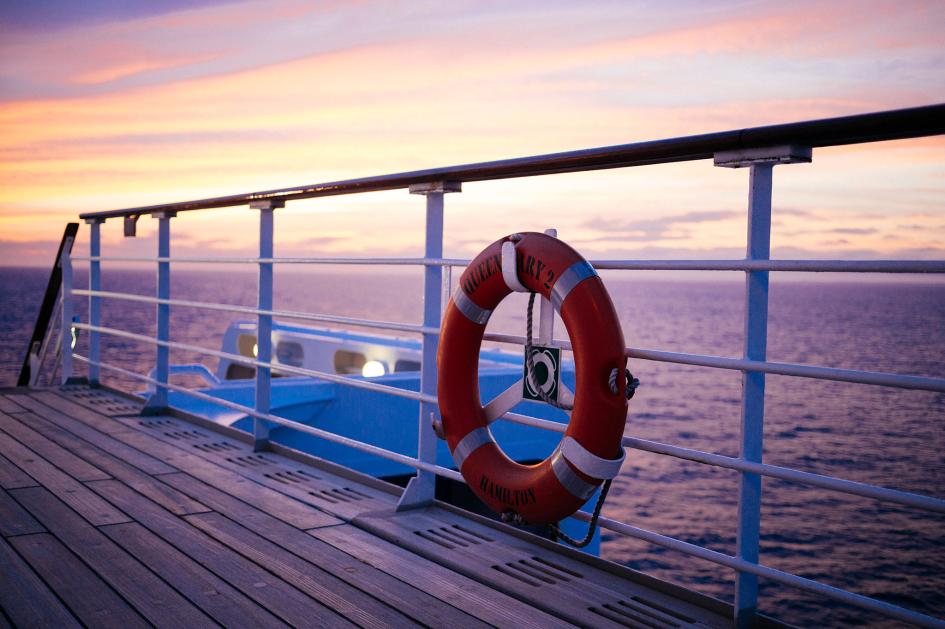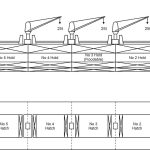The maritime industry’s most important concerns are the safety of personnel and prevention of marine pollution for smooth cargo transportation and marine operation at high seas. To achieve this, the International Maritime Organization (IMO) relies on its two very strong pillars: SOLAS & MARPOL – The International Conventions for safeguarding human life and marine environment from all kinds of pollutions and accidents.
What is SOLAS Convention?
The word SOLAS is an abbreviation and SOLAS full form is “Safety Of Life At Sea”, an international maritime treaty, also known as SOLAS Convention or International Convention for the Safety of Life at Sea (SOLAS), which establishes the least safety measures in the construction, equipment and operation of merchant ships.
IMO SOLAS 74, the last adopted revised convention of 1974, includes a number of regulations under different SOLAS chapters, which deals with safety precautions and safety procedures starting from the construction of the ship to real emergency like – “Abandon Ship”. The convention is updated to meet the safety norms in the modern shipping industry from time to time.
This article explains the contents of SOLAS chapters and regulations providing a summary of SOLAS, i.e. different chapters of SOLAS and the regulations they carry. Marine Insight has provided links of various articles which will help the readers to understand how the regulation of the SOLAS Annexes is implemented on a seagoing vessel and the importance of SOLAS.
SOLAS 74
SOLAS CONTENT:
The SOLAS 1974 international maritime treaty comprises of 13 chapters and each chapter has its own set of regulations. The Following are the list of SOLAS all 14 chapters and the regulations they contain:
The International Convention for the Safety of Life at Sea (SOLAS), 1974 describes the requirement for all merchant ship of any flag state to comply with the minimum safety norms laid down in the chapters which are as follows:
Chapter I – General Provisions: Surveys and certification of all the safety items etc are included.
Chapter II-1 – Construction – Subdivision and stability, machinery and electrical installations: Deals with watertight integrity of the ship, especially for passenger vessel.
Chapter II-2 – Fire protection, fire detection and fire extinction: This chapter elaborates the means and measure for fire protection in accommodation, cargo spaces and engine room for the passenger, cargo and tanker ship.
Chapter III – Life-saving appliances and arrangements: All the life-saving appliances and there use in different situations is described.
Chapter IV – Radio communications: Includes requirements of GMDSS, SART, EPIRB etc for cargo and passenger vessel.
Chapter V – Safety of navigation: This chapter deals with all the seagoing vessels of all sizes, from boats to VLCCs, and includes passage planning, navigation, distress signal etc.
Chapter VI – Carriage of Cargoes: This chapter defines storage and securing of different types of cargo and containers, but does not include oil and gas cargo.
Chapter VII – Carriage of dangerous goods: Defines the International Maritime Goods Code for storage and transportation of dangerous goods.
Chapter VIII – Nuclear ships: The code of safety for a nuclear-propelled ship is stated in this chapter.
Chapter IX – Management for the Safe Operation of Ships: The International Safety Management code for ship owner and the operator is described clearly.
Chapter X – Safety measures for high-speed craft: safety code for the high-speed craft is explained.
Chapter XI-1 & 2– Special measures to enhance maritime safety: Special and enhanced survey for safe operation, other operational requirements and ISPS code is briefed in this chapter.
Chapter XII – Additional safety measures for bulk carriers: Includes safety requirement for above 150 meters length bulk carrier.
Chapter XIII – Verification of Compliance
Chapter XIV -Safety Measures for Ships Operating in Polar Waters.


